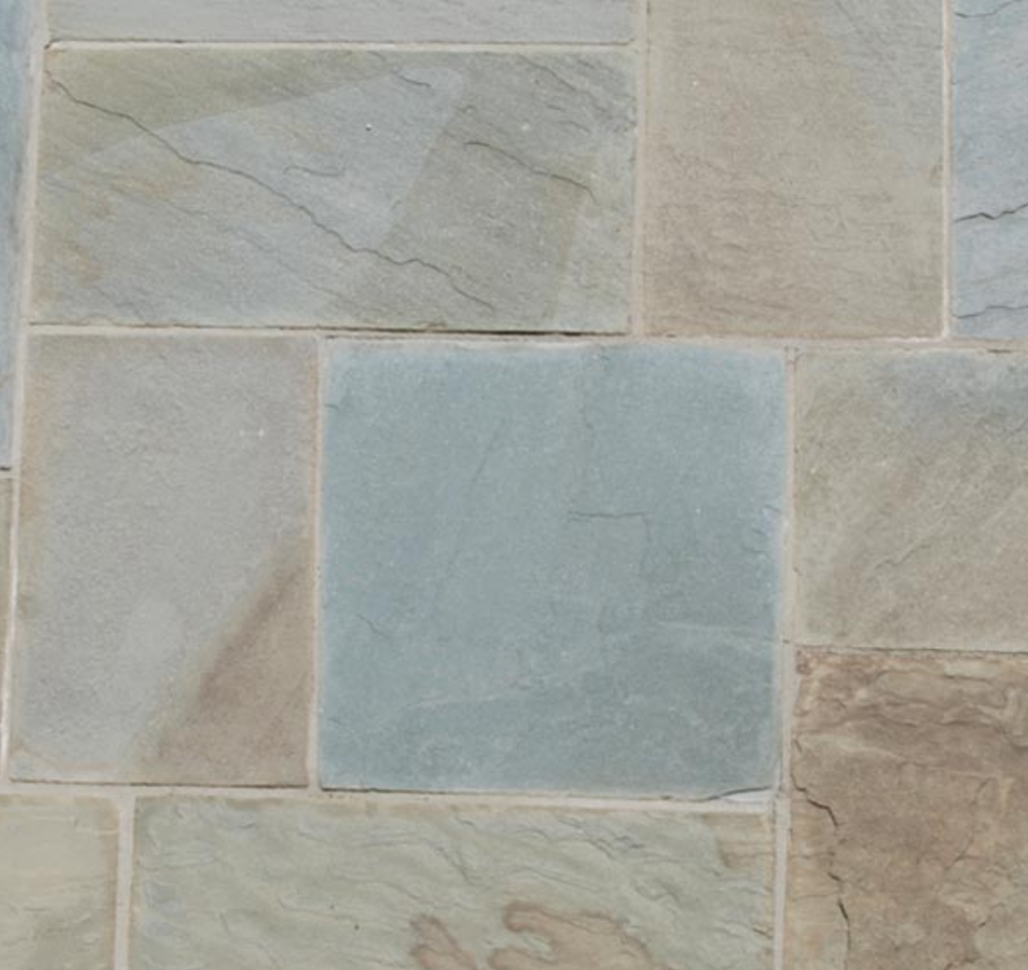You probably never thought you’d use high school geometry for real-life applications. However, some basic knowledge will save you a lot of hassle and money when it comes to your outdoor project. In this article, we explore ways how to calculate the amount of landscape materials needed for outdoor builds in Rockland County, NY.
The materials you choose—from paver stones to gravel or decking—are marked in terms of how many square feet they cover. Be sure to also factor in how much of the material you will need vertically. For example, if you’re buying aggregate to support a paver patio, you will have to multiply the amount that a bag (or ton) will cover at a specified depth by the depth you want.
Estimating Materials for Square or Rectangular Surfaces
To determine how much material you need for a square or rectangular surface, multiply the length times the width to arrive at the square footage. To estimate landscape blocks for a retaining wall, use the same calculation. Also consider the substrate, fill materials, grout or mortar (if any) and cap stones (for a finished look).
Estimating Materials for Circular Surfaces
First, choose your materials. Paver stones come in a variety of sizes, and although the square footage will be the same, consider the cost of additional material (some of which is wasted) that comes from having to cut larger stones to fit a circular space.
One way to determine the radius of the circle is by standing in the center of the circle and fastening a tape measure to a stake in the ground. Extend your tape measure to the farthest point you will pave. The length is the radius of the circle. Next comes the geometry required to calculate the amount of materials needed—this applies not only to the paver stones but also the sand and aggregate substrates beneath the paver surface. You could opt to use this formula:
Related: 4 Great Masonry Features for Your Small Outdoor Space in Sussex County, NJ
2 x pi x radius
If the radius is 25 feet, then the equation would be: 2 x 3.14 x 25 = 157 feet.
To simplify things, you could do a simple square footage calculation and have plenty of extra pavers, but you may find that is not the most cost-effective approach.
To add a seating wall to the perimeter of a new circular patio or to create a curved retaining wall, you could again begin by choosing the landscaping blocks, since these come in different sizes. You can certainly use any size you like, just be aware of having to purchase extra to account for waste due to cutting and shaping larger blocks to create a pleasing curve. If you’re using concrete blocks, choose those that come in curved shapes that help minimize waste.
You could measure the perimeter of the space and divide it by the length of the blocks. For example, if you are using 10” long blocks (0.83 foot) and your perimeter measurement is 180 feet: 180 / 0.83 = 216.87 blocks. Round up to the nearest whole number.
Always factor in that you may need extra material in case of breakage, spillage, etc. Excess gravel, sand, lumber, paver stones, and landscaping blocks can be repurposed in many creative ways.
Related: Building a Boulder Retaining Wall? Visit Our Landscape Supply
Take Out the Guesswork
At E.P. Jansen Nursery, we are committed to helping you with a successful outdoor project. We are happy to assist in estimating all of the materials you will need, to save you the hassle of delaying your project by having to order additional materials—or minimize ending up with excess amounts of material that you can’t use.


